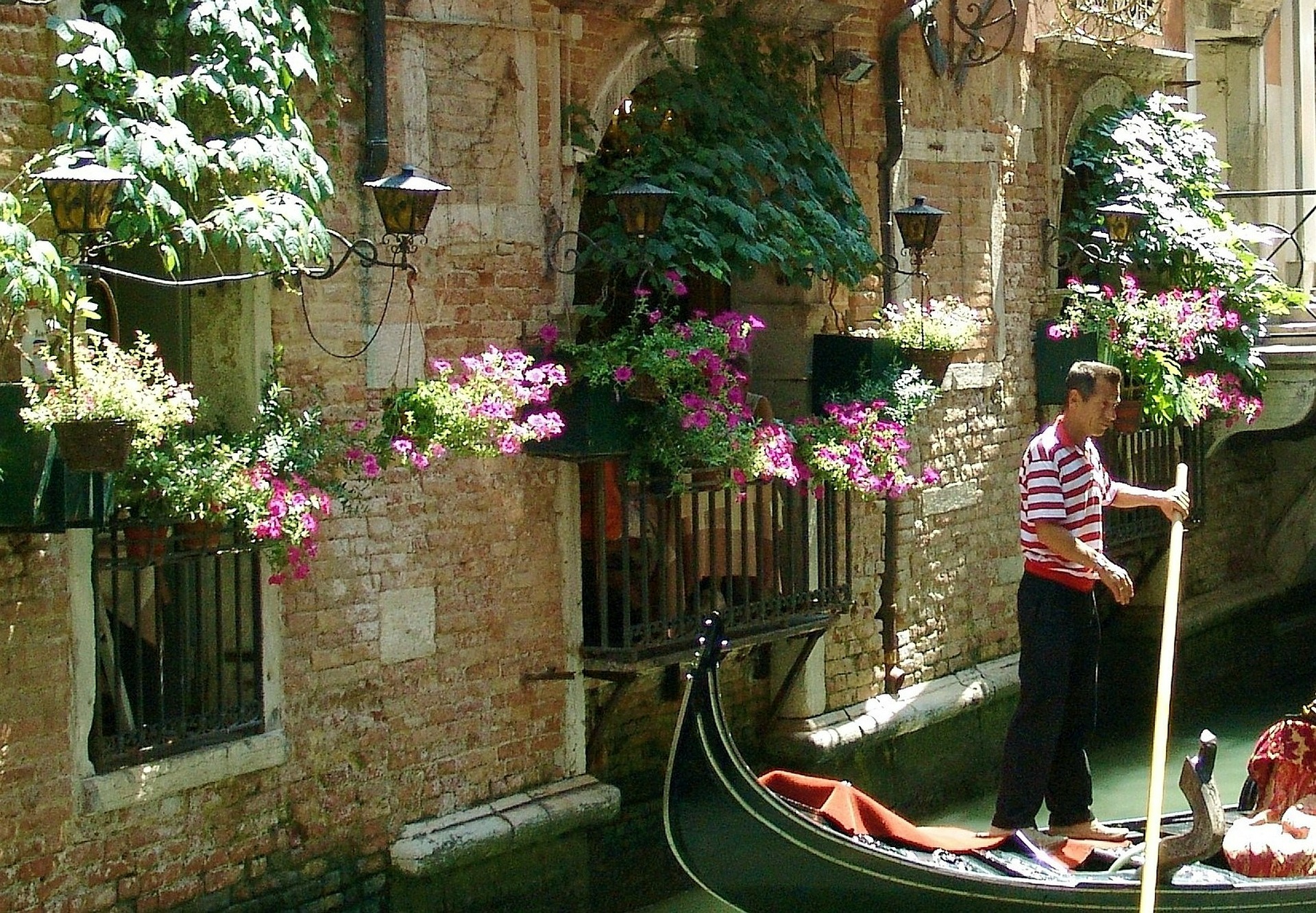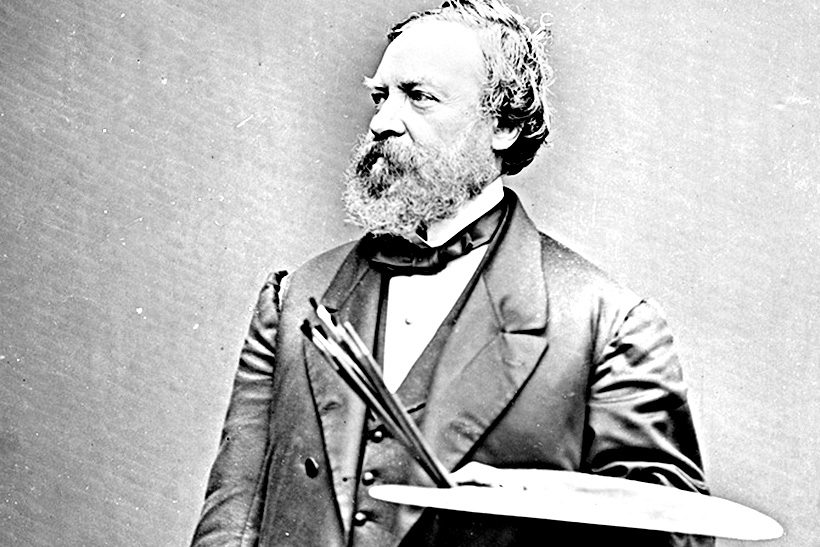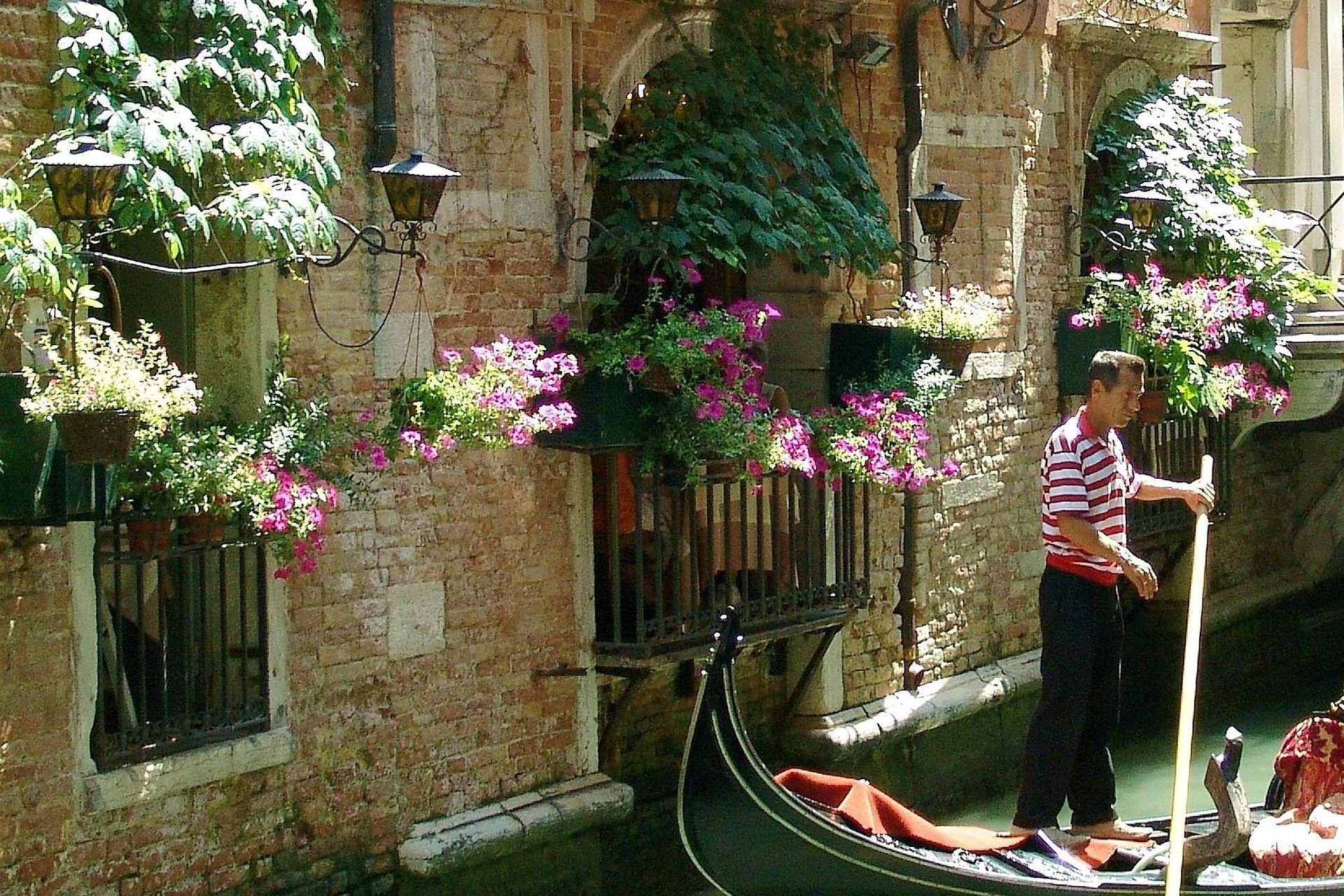When looking at a gondola, have you ever noticed that sinuous object supporting the gondolier’s oar?
Well, neither had I, until I learned about it at the Venetian workshop of Piero Dri, one of only four remaining artisans in the city still making, strictly by hand, the object in question: the forcola (oarlock) – which, I also learned, is actually the most important piece of the gondola because it is what keeps the gondolier balanced. The forcola is essential for the Venetian style of rowing and is possibly the element that the owner of a boat, in Venice, feels more attached to.
Perhaps that’s because forcolas exist only in Venice. The artisan who builds them, the “remer,” is the keeper of an ancient tradition, of an ancient craft, dating back to more than 700 years ago (the official date is 1307), when extraordinarily skilled remers toiled in their workshops to further refine objects that were essential to Venetian daily life.
When I enter Piero Dri’s studio, Il Forcolaio Matto (‘the crazy oarlock maker’), located in the district of Cannaregio, it feels like stepping into that old world. The same tools used hundreds of years ago crowd Piero’s workspace, along with the wood left to age (forcolas are made with wood), forcola templates, completed forcolas, and oars. Visiting the workshop of a remer is truly a fascinating experience.
“Each forcola I create is like a journey,” Piero writes on his website. “I start by studying the walnut wood trunk, as though I were in a foreign land which will slowly become friendlier. I outline the forcola with care respecting the grains of the wood, and then embark on the task, sweating and taking delight in the hard work.”
It is the type of work that requires passion, patience, time and manual prowess, mostly aspects that clash with the work culture of today, which emphasizes urgency and homogenization. “I think it’s important to come back to these types of jobs,” Piero tells me as he shows me the different stages of making a forcola. Which is exactly the reason why many of his acquaintances told him he was crazy when he announced he was going to open his own workshop devoted to forcola- and oar-making (hence the name he gave to his studio).
An astronomer by training, Piero recounts how, as he was studying to take the last exams before graduating, he began to grow more and more restless: he felt he was losing his lifelong passion for boats and rowing, something he, as a Venetian, practically had in his blood. “It was then I realized I wanted to come back to this part of me,” he said.
He learned the secrets of the trade at the workshop of skilled maestro remer (oar craftsman) Paolo Brandolisio, himself an apprentice of the legendary remer Giuseppe Carli. Piero opened his workshop in 2013. At 32 years old, he is the youngest of the four remers keeping alive the craft in Venice.
How does the process of crafting a forcola work? First, the wood used to make the forcola, usually walnut because of its strength, sometimes cherry or pear, is cut into four pieces and left to rest one to two years, in order for it to dry and become more stable. When the wood is ready, Piero draws a template on the trunk. Each forcola must be crafted specifically for boat and gondolier. The forcola’s dimensions are in fact customized according to the type of boat the forcola is destined for and the height and weight of the gondolier; this in order to ensure the maximum functionality in the narrow canals of Venice. Forcolas need to have the correct angle and curves to function properly. “There are two main components to this job”, Piero explains. “The first is technique: you have to be very precise. But at the same time, and here’s the second aspect, you have great freedom to express your artistic point of view.”
Over time, forcolas have acquired certain characteristics that make them true works of art. They look like elegant sculptures that could very well decorate a home. Sometimes, they are given as gifts, especially on important occasions, such as a wedding or an anniversary.
If a regular-size forcola sounds like it would be too big to carry in your suitcase, you can opt for a miniature replica. Piero creates faithful scaled reproductions of the real gondola forcola, with the same features, wood and finishings as those made for gondoliers. Holding one in your hands will feel like holding a piece of gondola – and Venetian – history.
For more information, visit Piero Dri’s website, http:// www.ilforcolaiomatto.it/en































